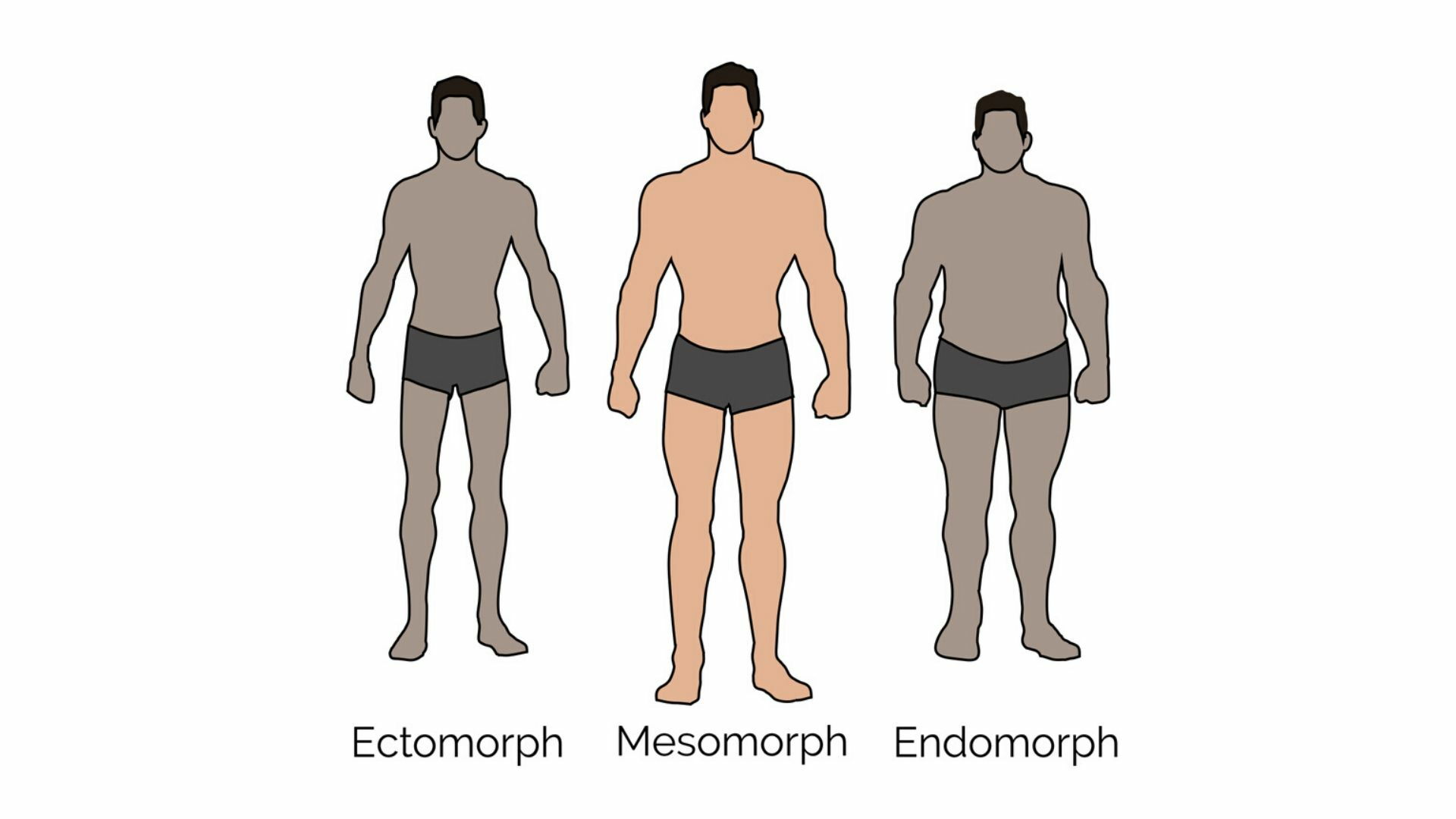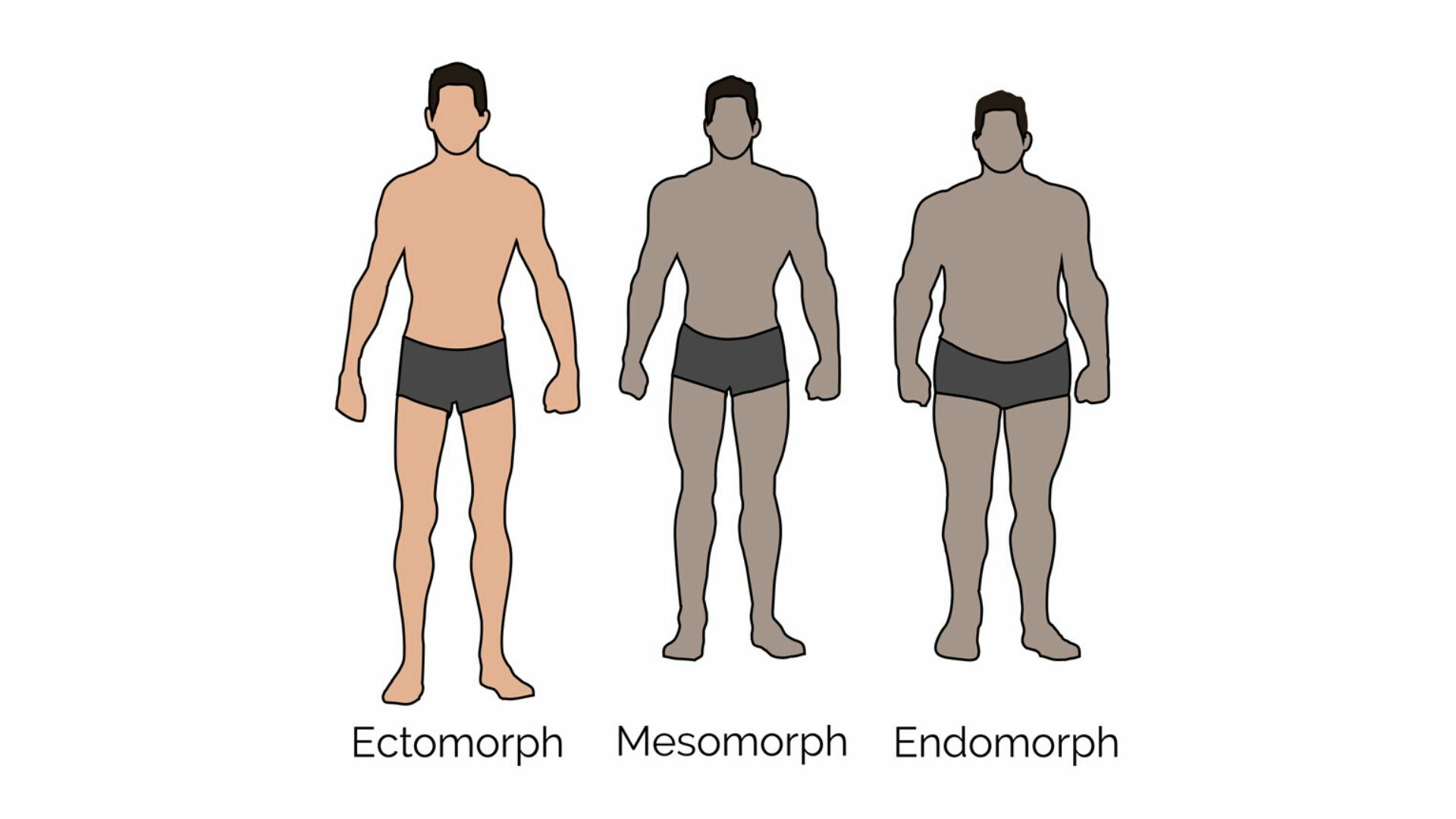That of somatotypes is a system that classifies people according to their particular physical constitution. We all have in mind stereotypes of figures such as "stocky" or "long" or "minute" men etc... These models are widely used in comics or satire, to extremize and define psychophysical characteristics of characters by identifying them with different body builds. Somatotypes are exactly that, body types, and we can identify three types:
- The mesomorph
- The endomorph
- The ectomorph
In this article, we will explain how to understand which somatotype we correspond to since we can all identify in one of these or a mix of two. We will then analyze the possibilities that this identification opens up to us, given that for each somatotype there is a preferred nutrition and training model.
In other words, for each of us, there would be more suitable choices and/or paths that would lead us not only to better results but also to greater general well-being.
Let's first see how to distinguish the different somatotypes.
Mesomorph

The mesomorph is identified as the "ideal" somatotype from an aesthetic and functional point of view and is characterized by:
- Balance in the proportion between limbs and trunk
- Good muscle mass
- A low percentage of fat mass.
Typically, the mesomorph has an excellent adaptive response to external stressors. It tends to respond very well to training, whatever the methodology used. It also responds well to high-calorie levels, adapting easily and accumulating little fat mass even if it consumes significant quantities of food. Likewise, fat mass drops very easily during periods of calorie restriction, safeguarding muscle mass.
We will see the best type of training for the mesomorph below, in case you belong to this type. However, remember that "pure" mesomorphs are difficult to find, given that, generally, each one of us is a mix of different somatotypes.
Ectomorph

The ectomorph is the classic slender person, with a thin bone structure, low muscle mass but also little fat mass. Usually, ectomorphs have some kind of postural problems, especially if they haven't engaged in enough physical activity in adolescence and until adulthood.
The ectomorph may have some difficulty in gaining weight, both fat and muscle mass, which is why they have to strive to consume a high-calorie diet to increase their mass. Also, we will see below how to intervene with training, but it must be said that, in general, being ectomorphic can be a real challenge if you want to embark on a bodybuilding path.
Endomorph

The endomorph has an important bone structure, a relatively high percentage of fat mass but, also, a tendency to easily gain weight, both fat and lean mass. Normally, both for their weight and bone structure, endomorphs tend to be very strong, which can be a useful asset when planning their training routine.
Training tips for each somatotype
As mentioned above, in most cases you will fall into a mix of two somatotypes. For example, you may have ectomorph's long limbs but a good body composition typical of the mesomorph. Or you may have an endomorphic body composition but a good body proportion.
- Let's start with the mesomorph. The ease with which the mesomorph increases its muscle mass is amazing. It may be reasonable, in this case, to reduce the training frequency and to work with high synergy routines (for example push-pull-legs or upper-lower or even full body). This is because, with more resting days per week, the mesomorph will obtain lower training stress that allows a better recovery and to carry out our daily activities in an optimal way. After all, why hyper-stressing yourself with infinite training protocols when you already have an excellent response with a lower workload?
At the nutritional level, however, we can emphasize cut and bulk phases since, as we have seen, the stress response will still be very good.
- In the case of the ectomorph, however, we will try to reduce the amount of work and energy expenditure during training. From a nutritional point of view, we will have to work with a high-calorie surplus along with limited digestion and low high-calorie levels management. In the ectomorph case, full-body training routines with a frequency of 3 times a week are often an excellent solution, but you can also try upper-lower routines, always modulating the stimuli based on the individual response.
- Moving on to the endomorph, we will keep energy expenditure high, especially in cut phases where we do not want to get too depressed on a metabolic level. My advice is to get used to higher training frequencies, which doesn't necessarily mean keeping a higher volume. So let's think about the possibility of doing many shorter workouts. The distribution in several days will allow us to better manage the nutrients, directing them in the muscle tissue rather than in the adipose one.
This is true in bulk phases, but also in cut phases where, precisely because of the tendency to have high-fat mass set-points, an endomorphic subject will have particular difficulty in losing weight. In these cases, it will be better to create a deficit with physical activity (especially cardio and weight room) while still managing better stress and ability to recover.
Conclusions
These are interesting indications but they must be taken as a simple starting point, a basis from which to start. We try to focus on our peculiar response and move accordingly, always relying on qualified professionals.
